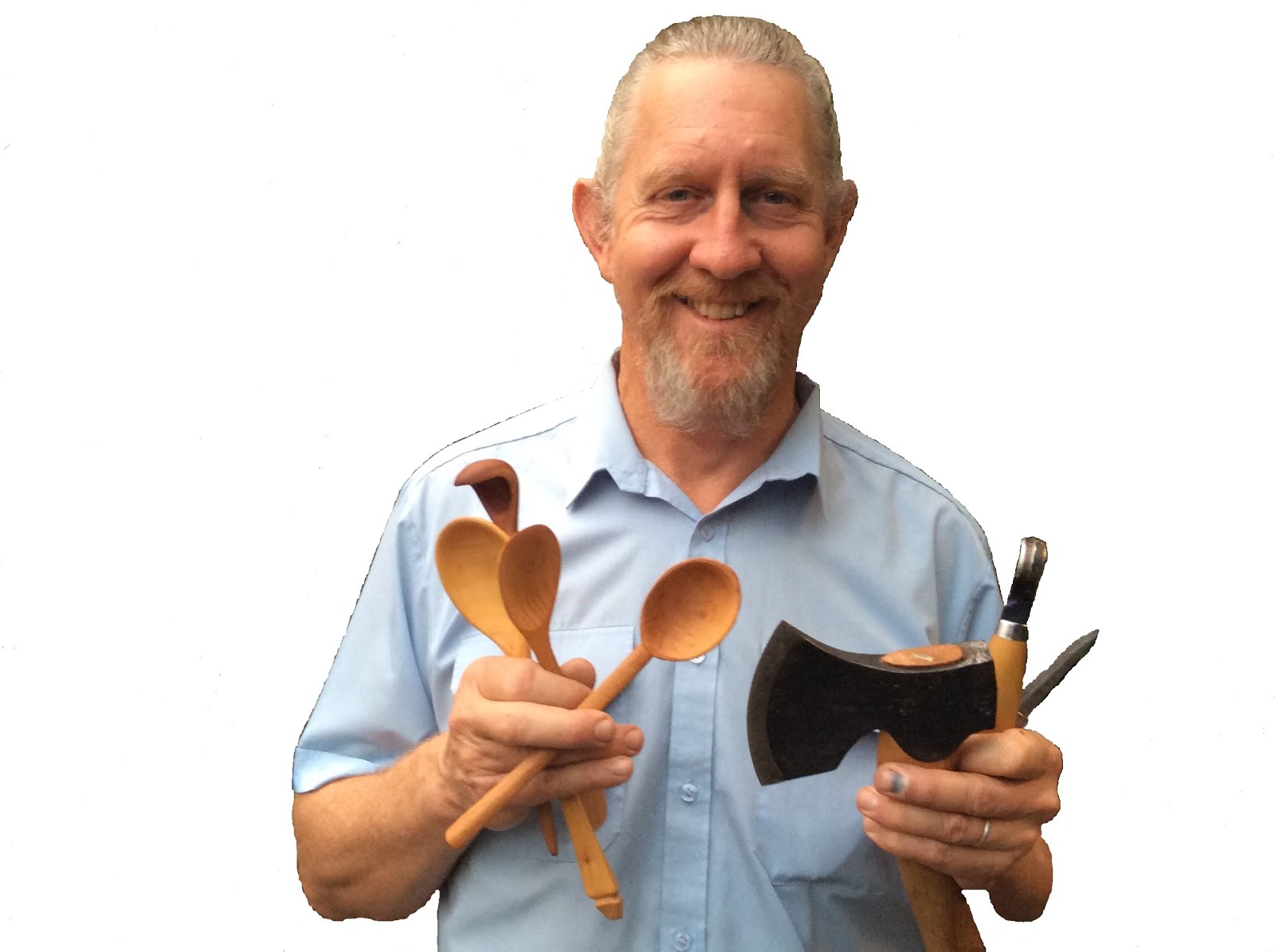With my Mum's 80th birthday on 8th May, our home is pretty full. My parents are up from Augusta for the gathering, and my daughter-in-law with two of our grand kids from Tasmania are staying with us too. Dad and I worked on the pews together, with some help from the grand kids. So we had 3 out of 4 generations involved, aged from 80 to 52 to 4 and 2 and a half. You are never too old or too young to enjoy working with wood!
Dad here is untying the load after we have picked up the three pews.
Having unloaded them from the ute, it was time to start the surgery. We carefully cut the pews as we'd marked them out, in line with the side of a chosen backrest upright. The timber we reckon is Queensland Maple, which cut like butter. Those seats are single huge wide boards. You don't get stuff like this anymore...
This pic shows the pews after we've made the cuts in them. They were now much shorter and much more maneuverable! It was time now to carefully remove the ends from the sections we'd cut off, and house the freshly cut ends into the mortises in those pew ends. After a fair bit of trimming to fit and gentle hammer work, the new ends were then re-fixed using the old screw holes in the pew ends.
Young Ronnie here is helping me to drill the new screw holes into the seat and backrest. We had previously chopped out the old wooden plugs in order to remove the pew ends, which were screwed on with nice old 14 gauge wood screws. New plugs were made from a piece of redundant foot rail, to be housed into the square plug holes we'd chopped.
Glue was put into the square holes ready to receive the plugs after we have fitted them.
With glue in the holes, the plugs were hammered home. The surplus would be taken off with a block plane when the glue had dried.
One of the ends needed some old trenches filled, which we did using redundant material from a hymn book trough. With the grain oriented in the correct way, these wider pieces were fitted and glued into the trenches to fill the holes. Here Dad is using a jack plane to remove the bulk of the surplus before cleaning up with the block plane in the direction of the grain. After the plugs and infill were cleaned off with the block plane and then sanded, the challenge was to try and match the colour. The pews appeared to have been polished with shellac. With the passage of time the timber under the shellac has changed to a yellowish colour, and the newer material in the plugs would not match the old colour with just shellac over it. So we used a maple stain under the shellac to help bring the colour up to a closer match with the old.
With the job done, the shorter pews were loaded back onto the ute and taken back to the church. They are pictured here ready to be re-loaded. Originally, each pew in the church was made to fit a particular location, and nailed to the floor in their designated position. Therefore the old pews exist in a wide variety of lengths, with the backrests divided evenly. As we have cut the new pew lengths to match the original uprights, this means that the new shorter pews are also of varying lengths. However they look good as each has one centre upright which is exactly in the centre of that length. They look pretty good.
I believe the variation in lengths of the recycled (shorter) pews will further help them to be used with greater flexibility. I look forward to hearing how the congregation feels about these shorter pews. It has certainly been an interesting job, which in this situation involved 3 out of 4 generations of Millers. Nice, eh?
It just goes to show, you're never tool old or too young to enjoy woodwork.
.jpg)










